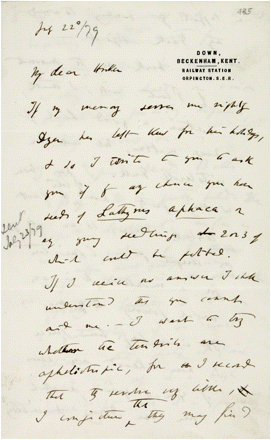
Leaf bank of Glossopteris leaves (Adapted from Mcloughlin, 2012)
The fossil record indicates that more than 95% of all species that ever lived are now extinct. Occasionally, extinction events reach a global scale with many species of all ecological types dying out in a near geological instant. These are mass extinctions. They were originally identified in the marine fossil record and have been interpreted as a result of catastrophic events or major environmental changes that occurred too rapidly for organisms to adapt. Mass extinctions are probably due to a set of different possible causes like basaltic super-eruptions, impacts of asteroids, global climate changes, or continental drift. A central question in the understanding of mass extinctions is whether the extinction was a sudden or gradual event. This question may be addressed by examining the pattern of last occurrences of fossil species in a stratigraphic section.
Jack Sepkoski and David M. Raup identified five major extinction events in Earth’s history: at the end of the Ordovician period, Late Devonian, End Permian, End Triassic and the End Cretaceous. The most recently identified mass extinction occurred during the Middle Permian, about 262 million years ago, and it was first recognised in the marine realm as a turnover among foraminifera, with fusulinaceans among the principal casualties.

Total diversity patterns of continental diversity (solid line) and marine diversity (dotted line) at the family level. Arrows indicate the mass extinction events. (From Cascales-Miñana and Cleal 2015)
Extinction dynamics in the marine and terrestrial biotas followed different trajectories, and only the Permo-Triassic event coincided with a clear and abrupt diminution of both realms. Moreover, analysis of the paleobotanical record has suggested that plants may have suffered an additional extinction event, that is not reflected significantly in the marine realm, at the Carboniferous–Permian boundary. Evidence also suggests that terrestrial environments suffered a single global pulse of extinction in the latest Permian, affecting both the fauna and flora (Cascales-Miñana and Cleal 2015).
During the end-Permian Event, the woody gymnosperm vegetation (cordaitaleans and glossopterids) were replaced by spore-producing plants (mainly lycophytes) before the typical Mesozoic woody vegetation evolved. The palynological record suggests that wooded terrestrial ecosystems took four to five million years to reform stable ecosystems, while spore-producing lycopsids had an important ecological role in the post-extinction interval. A key factor for plant resilience is the time-scale: if the duration of the ecological disruption did not exceed that of the viability of seeds and spores, those plant taxa have the potential to recover (Traverse, 1988).
References:
Borja Cascales-Miñana, José B. Diez, Philippe Gerrienne & Christopher J.Cleal (2015): A palaeobotanical perspective on the great end-Permian biotic crisis, HistoricalBiology, DOI: 10.1080/08912963.2015.1103237
Aberhan M. 2014. Mass extinctions: ecological diversity maintained. NatGeosci. 7:171–172.
Cascales-Miñana B, Cleal CJ. 2014. The plant fossil record reflects just two great extinction events. Terra Nova. 26(3):195–200.


